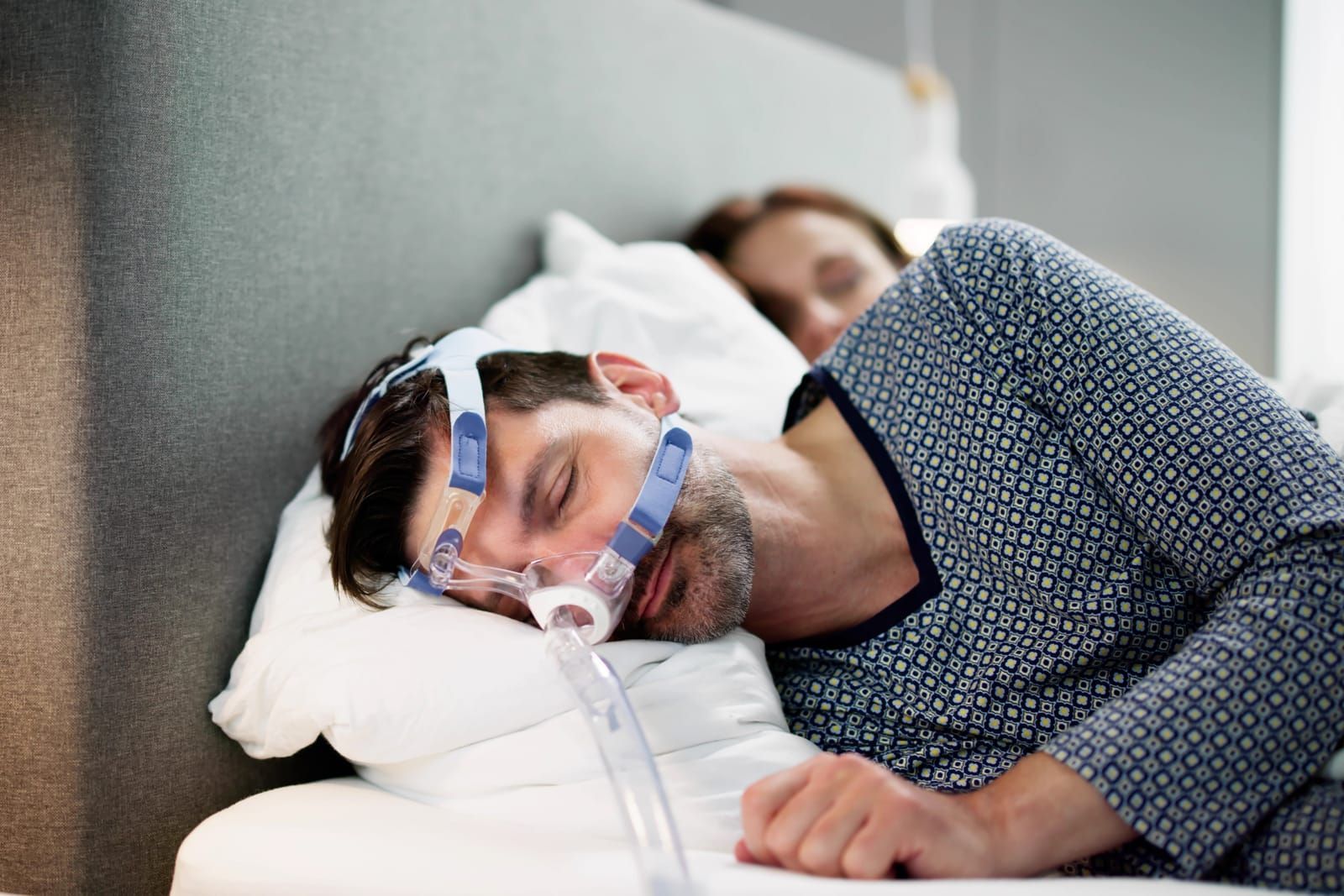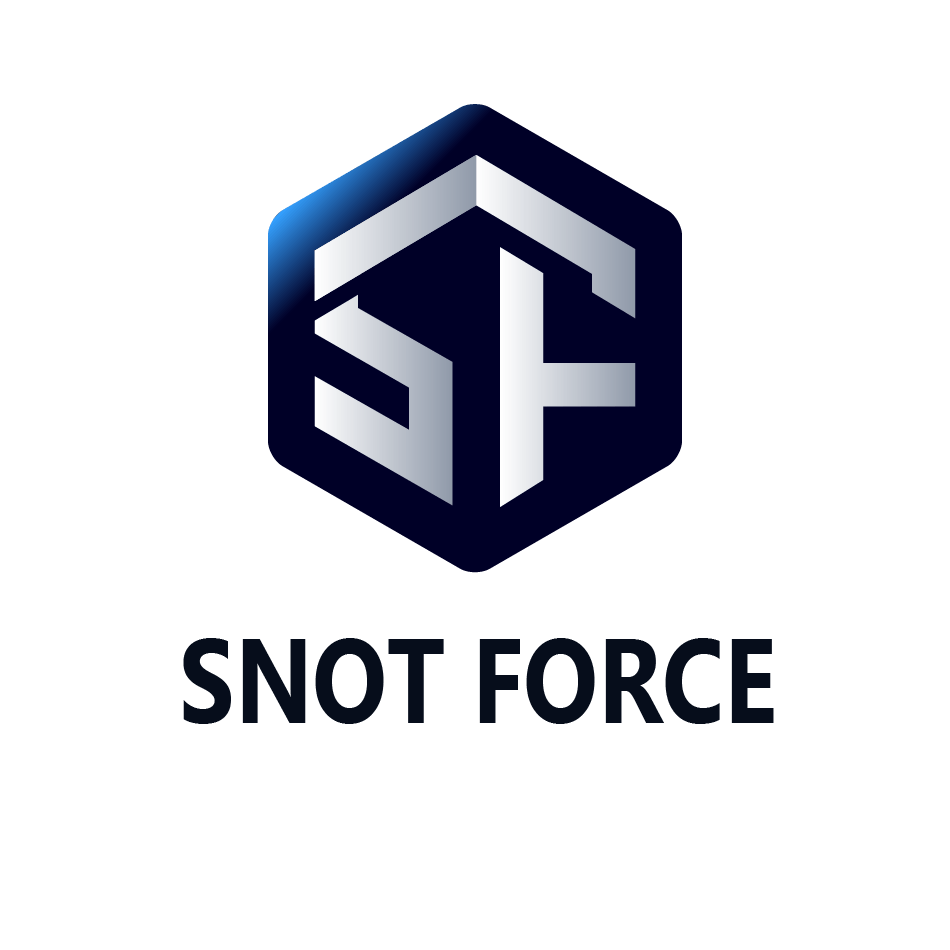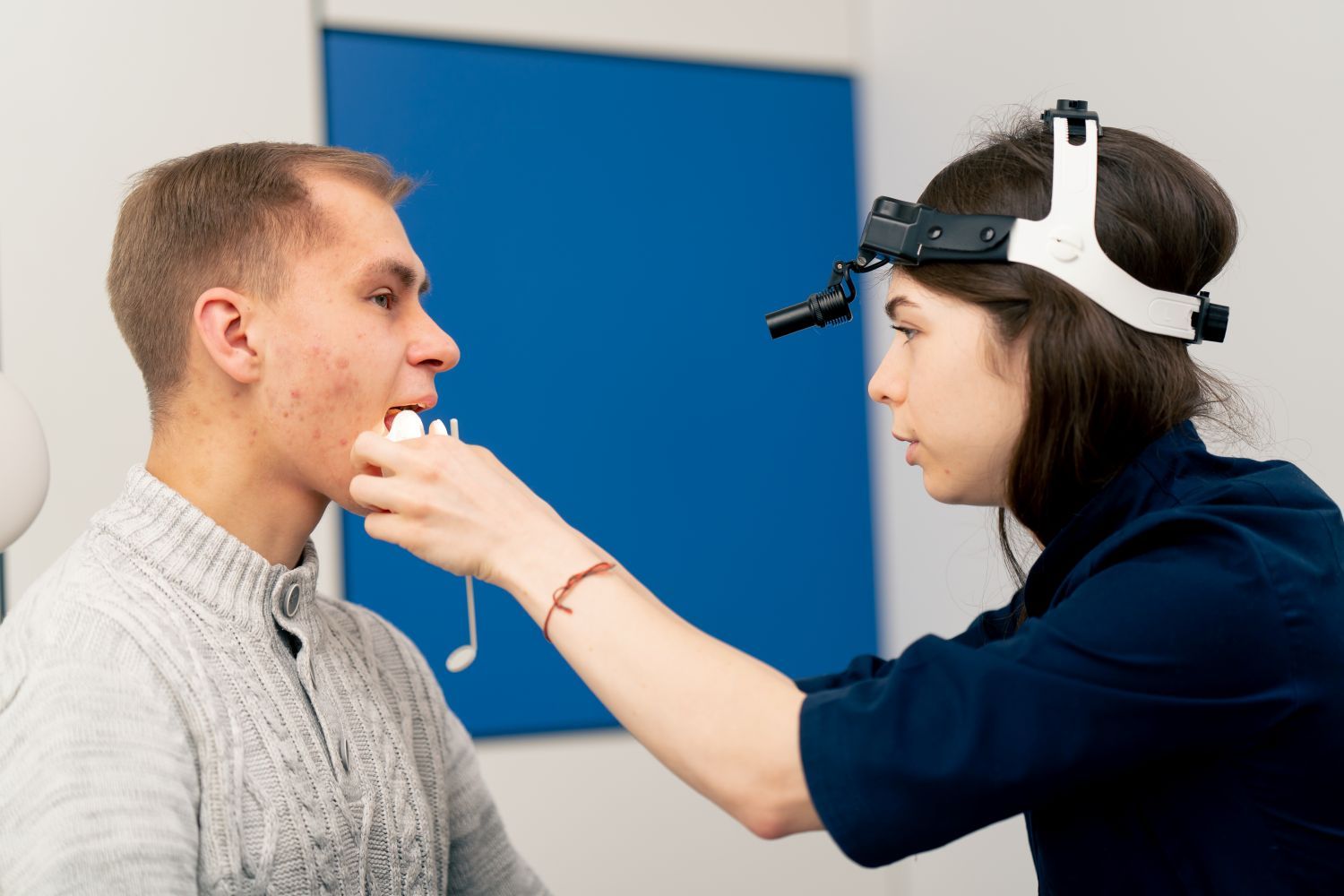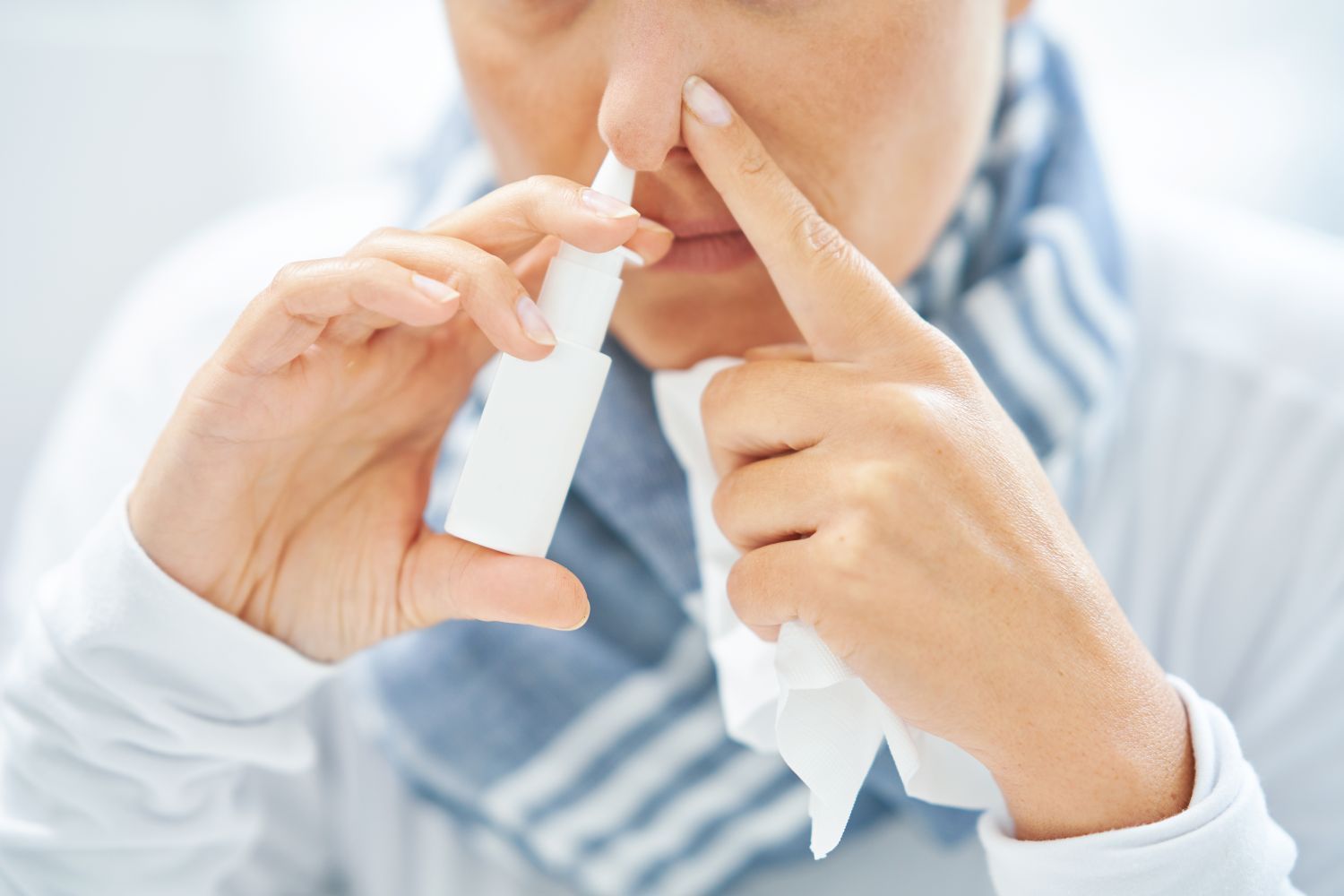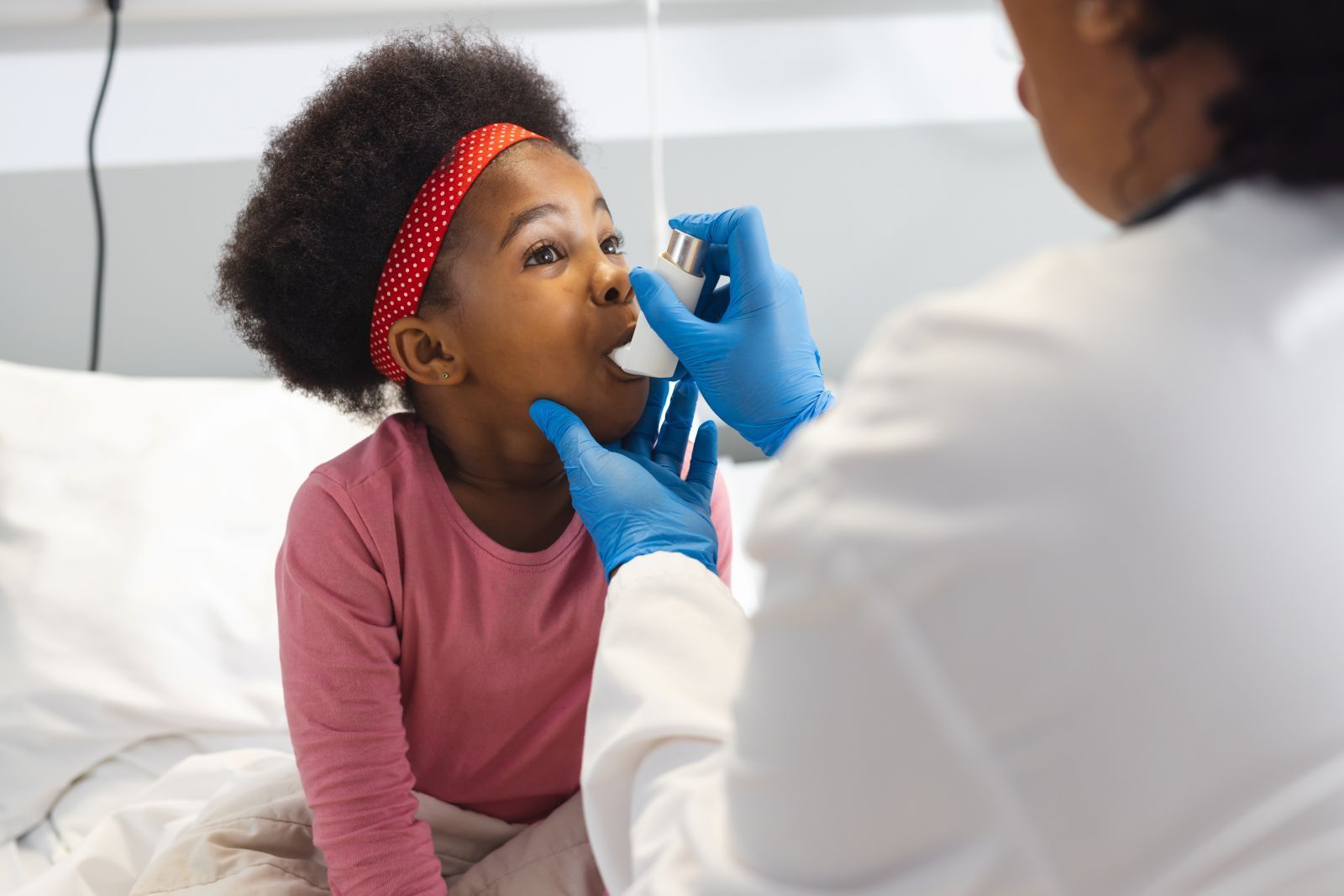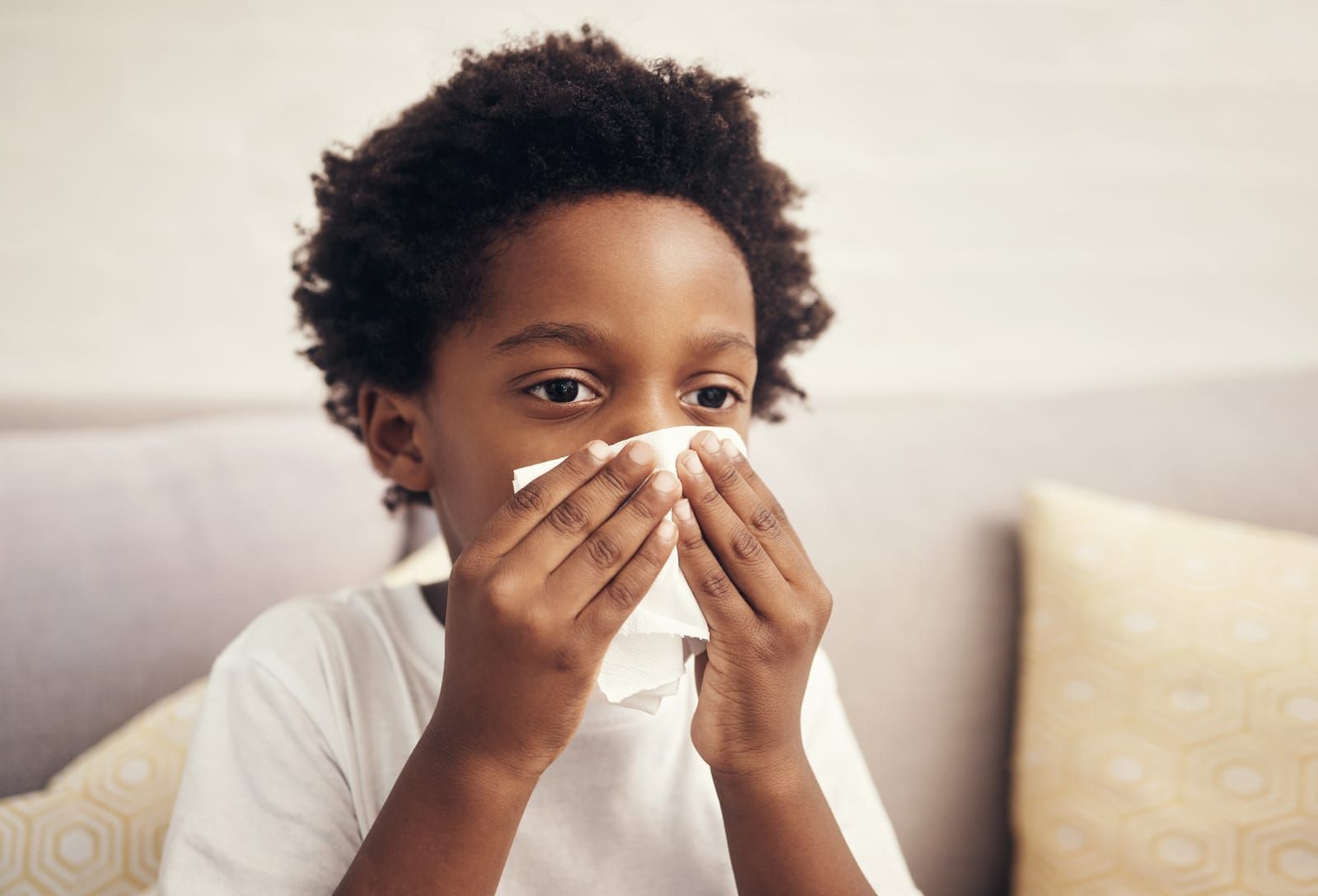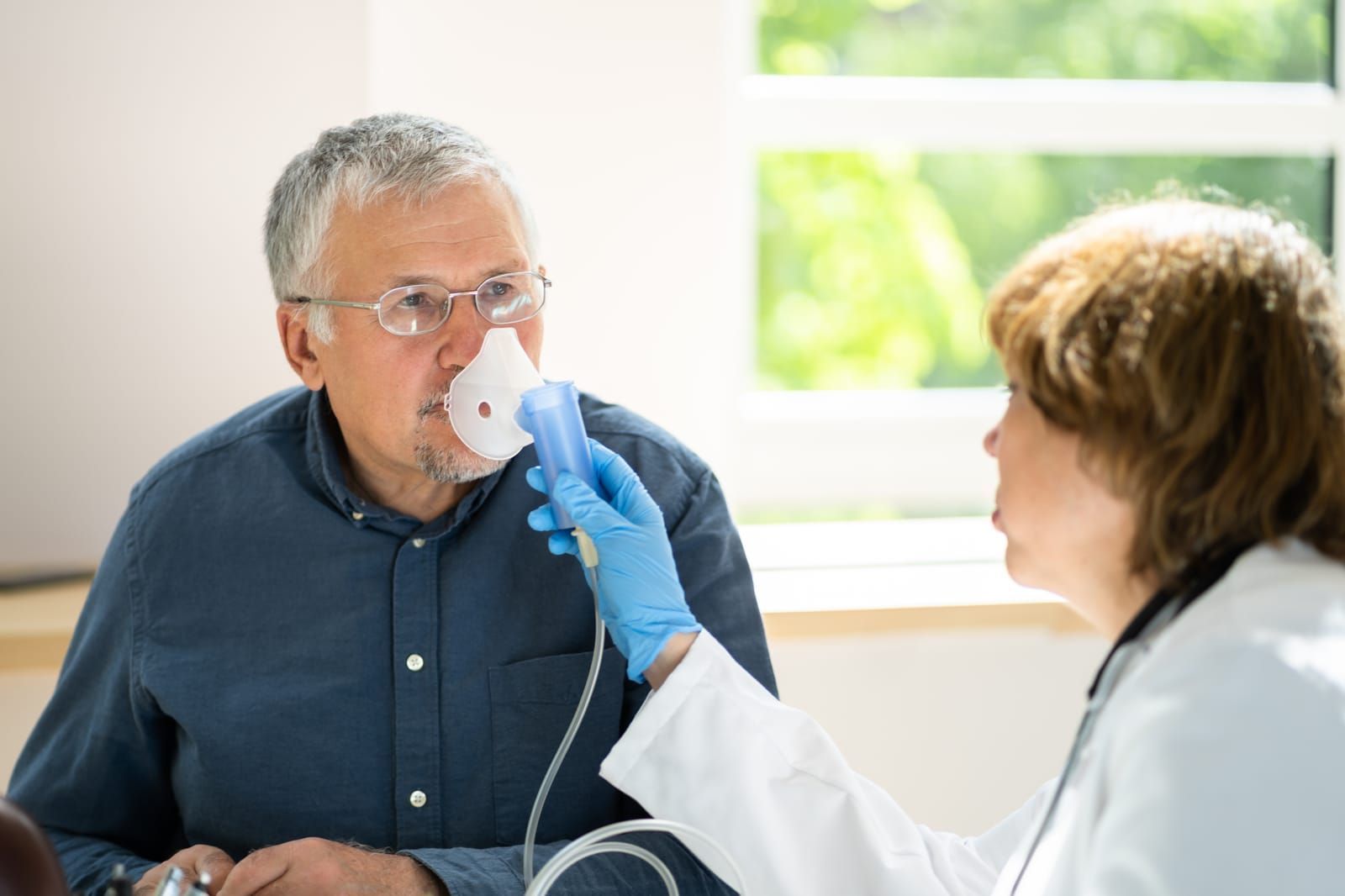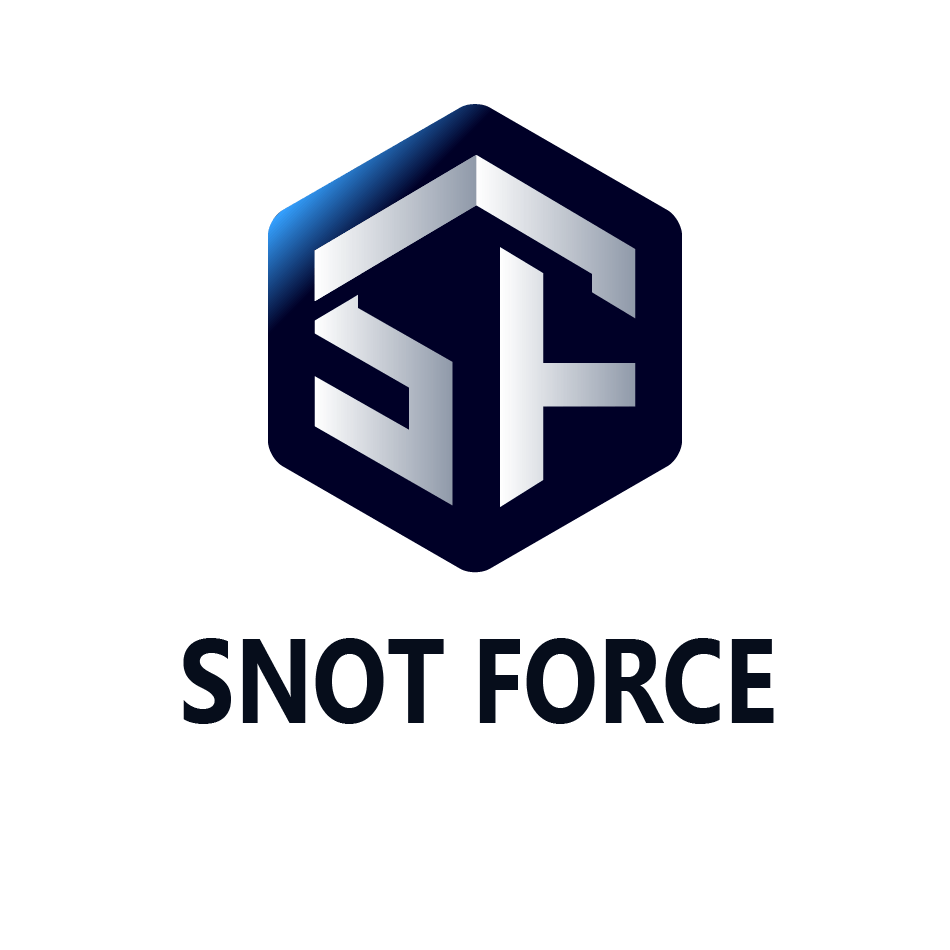Unpacking Sleep Apnea: Signs, Risks, and Treatments
Sleep Apnea is a common sleep disorder that involves sleep-related breathing problems. These breathing difficulties, known as apneas, can last several seconds and occur multiple times during the night. It affects around 30 million people in the United States, yet only 6 million are diagnosed.
Understanding the symptoms, risks, and therapies of sleep apnea is critical for improving the quality of life for your patients. Let's get started!
Signs of Sleep Apnea
Since sleep apnea happens while individuals are sleeping, many people don’t even know they have it until the symptoms begin to stand out. However, some signs are easier to notice. Here are a few examples:
Loud Snoring
While snoring can be normal, especially in certain positions, loud and persistent snoring might indicate a potential problem.
Excessive Daytime Sleepiness
Those with sleep apnea often feel very tired during the day, no matter how much they slept the night before. They might also get frequent morning headaches.
Pauses in Breathing
Patients might report instances of gasping for air during sleep, or their bed partners may notice these pauses.
Difficulty Concentrating
Cognitive issues like memory problems and difficulty focusing can be linked to sleep apnea.
Irritability and Mood Changes
Sleep apnea can interfere with emotional control, leading to mood swings, anger, and depression.
The Risks: Why Sleep Apnea Demands Attention
Sleep apnea can affect adults and children alike. It is a serious medical condition and can give rise to certain complications:
Cardiovascular Issues
Untreated sleep apnea can strain the cardiovascular system, contributing to high blood pressure, heart disease, and stroke.
Type 2 Diabetes
Sleep apnea has been linked to insulin resistance and an increased risk of developing type 2 diabetes.
Daytime Fatigue and Accidents
Extreme tiredness can lead to impaired alertness, increasing the risk of accidents while driving or operating machinery.
Complications During Surgery
Sleep apnea can complicate anesthesia administration and postoperative recovery.
Effective Treatments for Sleep Apnea
Medical professionals play a crucial role in helping patients find effective treatments for sleep apnea:
Lifestyle Modifications
Encourage patients to adopt a healthy lifestyle by losing weight, avoiding alcohol and sedatives, and sleeping on their sides to reduce the severity of obstructive sleep apnea.
Continuous Positive Airway Pressure (CPAP)
A CPAP machine provides a constant stream of air pressure to keep the airway open during sleep. It is one of the most common treatment options for moderate to severe sleep apnea.
Inspire
Inspire is an innovative FDA-approved treatment for obstructive sleep apnea that operates internally, addressing the root cause with a straightforward button activation. Inspire is an in-body solution, implanted during a quick outpatient procedure.
At bedtime, you can simply activate Inspire with the remote control. It will gently widen your airway, allowing for normal, restful breathing. Remarkably, 91% of Inspire users express their satisfaction. With the use of Inspire, sleep apnea events see a substantial 79% reduction. Striking 94% of Inspire patients prefer it over CPAP and would enthusiastically recommend it to others.
Bi-level Positive Airway Pressure (BiPAP)
Similar to CPAP, BiPAP delivers varying levels of air pressure, which is particularly helpful for patients who need assistance during inhalation and exhalation.
Adaptive Servo-Ventilation (ASV)
ASV devices adjust air pressure in response to the patient's breathing patterns, making them effective for treating central and complex sleep apnea syndromes.
Oral Appliances
Dental devices that reposition the lower jaw and tongue can help prevent airway obstruction, making them suitable for mild to moderate OSA.
Surgery
In severe cases or when other treatments fail, surgical interventions such as uvulopalatopharyngoplasty (UPPP) or genioglossus advancement (GA) can be considered.
By staying updated on the latest advancements in sleep medicine, you can provide the best care possible and contribute to improved patient outcomes. Join the Snot Force community today, and let's work together to enhance sleep health, one patient at a time! We are a team of healthcare workers with the vision of improving healthcare through collaboration. Join us today to make a difference!
